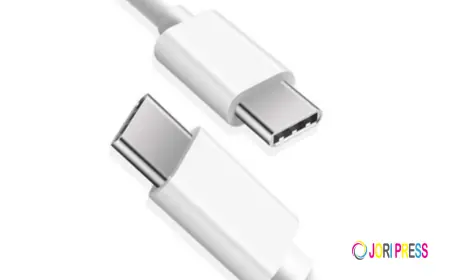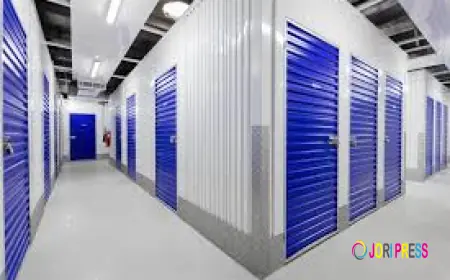Sulphur Dyes
Sulphur Dyes
Sulphur Dyes: A Comprehensive Overview
Sulphur dyes are one of the oldest synthetic dyes used extensively in the textile industry, especially for dyeing cellulosic fibers like cotton. Characterized by their affordability and deep color shades, sulphur dyes are primarily used for dyeing fabrics into dark shades such as navy blue, black, brown, and olive green. Though they may not offer the vibrancy or versatility of other dye classes, their cost-effectiveness and wash-fastness have made them a staple in industrial textile dyeing.
Historical Background
Sulphur dyes date back to the 1870s, following the commercialization of synthetic dyes in the 19th century. The first sulphur dye, Cachou de Laval, was developed by Croissant and Breton in France in 1873. It marked the beginning of a new era where synthetic methods replaced natural dyes, offering more consistent results and lower production costs.
The 20th century saw the development of a wide range of sulphur dyes tailored for specific industrial applications, especially in mass-market denim and workwear clothing.
Chemical Structure and Properties
Sulphur dyes are complex organic compounds containing sulfur in their molecular structure. The exact chemical constitution of many sulphur dyes is not fully known due to their polymeric and heterogeneous nature. However, they are generally believed to contain thioether (-S-) linkages, which contribute to their insolubility in water and their characteristic color properties.
Key Properties:
-
Insoluble in water in their natural state.
-
Require reduction (usually with sodium sulfide) to become water-soluble leuco forms.
-
Have good wash and light fastness when properly applied.
-
Mostly used for dark shades.
-
Not suitable for bright, vivid colors.
-
Relatively cheap compared to other dyes.
Manufacturing Process
The manufacturing of sulphur dyes involves several complex steps, usually beginning with the reaction of aromatic compounds (like aniline, phenols, or naphthols) with sulfur or sulfur-containing compounds under high temperatures.
Typical Steps:
-
Fusion:
-
Raw organic intermediates are fused with elemental sulfur at high temperatures (150–200°C).
-
This forms a dark, crude sulphur dye mass.
-
Purification and Standardization:
-
The crude dye is treated with water or dilute acids and filtered.
-
Standardizing agents like sodium carbonate or dispersing agents are added to create a marketable dye powder or paste.
-
Formulation:
-
Dyes are converted into powder, granules, or liquid paste for commercial use.
Application Process in Textiles
Since sulphur dyes are water-insoluble, they must be reduced to a soluble form for dyeing. This is achieved using reducing agents in an alkaline solution.
Steps in Dyeing Process:
-
Reduction (Vat Formation):
-
Sodium sulfide and caustic soda are used to reduce the dye into its leuco form, making it water-soluble.
-
Dyeing:
-
The textile (usually cotton) is immersed in the dye solution, allowing the leuco dye to penetrate the fiber.
-
Oxidation:
-
The fabric is removed and exposed to air or treated with oxidizing agents like hydrogen peroxide.
-
This converts the leuco form back to the original insoluble form inside the fiber, fixing the dye.
-
Washing and Soaping:
-
To remove unfixed dye and enhance fastness.
Applications
Sulphur dyes are widely used in:
-
Cotton fabrics (main application)
-
Denim (navy, black)
-
Workwear
-
Curtains and upholstery
-
Viscose rayon (with modified techniques)
They are not suitable for:
-
Protein fibers like wool or silk
-
Synthetic fibers like polyester or nylon
Advantages of Sulphur Dyes
-
Cost-Effective:
-
One of the cheapest dye classes.
-
Good Fastness:
-
Excellent wash and light fastness when applied correctly.
-
Simple Application Process:
-
Relatively easy to apply in large-scale dyeing units.
-
Ideal for Deep Shades:
-
Excellent for dark and dull colors.
Disadvantages
-
Limited Shade Range:
-
Poor brilliance; cannot produce bright colors.
-
Environmental Issues:
-
Use of toxic reducing agents like sodium sulfide creates hazardous wastewater.
-
Poor Rubbing Fastness:
-
Tends to crock (transfer color) if not properly oxidized and washed.
-
Fiber Damage:
-
Alkaline and sulfuric conditions can weaken cotton fibers if not controlled.
Environmental Concerns and Sustainable Alternatives
One of the biggest concerns with sulphur dyes is pollution. Sodium sulfide, used in the reduction process, releases toxic hydrogen sulfide gas and creates high COD (Chemical Oxygen Demand) and BOD (Biological Oxygen Demand) in effluents.
Solutions Being Explored:
-
Eco-friendly Reducing Agents:
-
Alternatives like glucose, thiourea dioxide, or sodium dithionite are being studied to replace sodium sulfide.
-
Zero-discharge Systems:
-
Closed-loop systems that treat and reuse dye liquor.
-
Modified Sulphur Dyes:
-
Some companies offer pre-reduced liquid sulphur dyes, reducing the need for in-house reduction.
-
Biodegradable Binders:
-
To improve rubbing fastness and reduce washing loads.
Despite these innovations, sulphur dyes are still considered environmentally taxing compared to more modern dye classes like reactive dyes.
Recent Innovations
-
Pre-Reduced Sulphur Dyes:
-
Easier to handle, less pollution, faster dyeing cycle.
-
Low-Salt Sulphur Dyes:
-
Minimize salt usage in dye baths, which is a significant pollutant in dye wastewater.
-
Automated Dyeing Machines:
-
Improve control over dyeing parameters and reduce chemical wastage.
Conclusion
Sulphur dyes have played a pivotal role in the industrial dyeing of cotton textiles, especially for darker shades. While they may lack the vibrancy and eco-friendliness of modern dyeing solutions, their economic benefits and durability have ensured their continued use.
However, with increasing environmental regulations and sustainability goals in the textile industry, sulphur dyes must evolve. Innovations in eco-friendly reducing agents, closed-loop systems, and greener formulations are essential to make sulphur dyes more sustainable in the future.
What's Your Reaction?
 Like
0
Like
0
 Dislike
0
Dislike
0
 Love
0
Love
0
 Funny
0
Funny
0
 Angry
0
Angry
0
 Sad
0
Sad
0
 Wow
0
Wow
0



















































